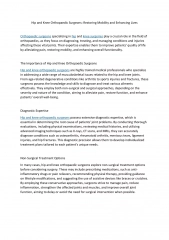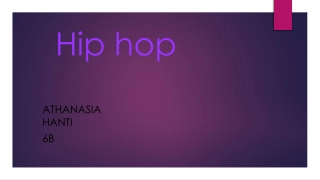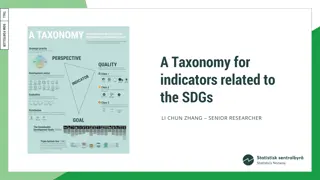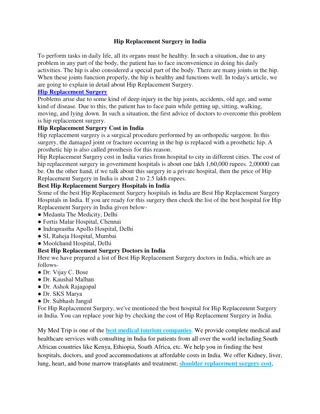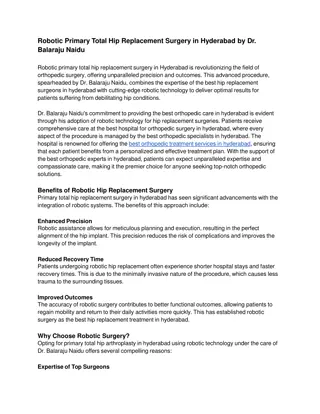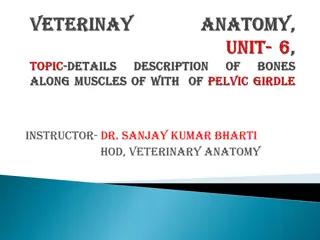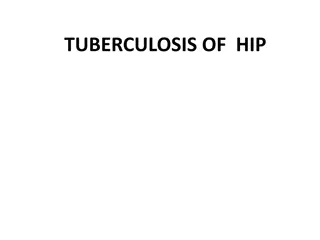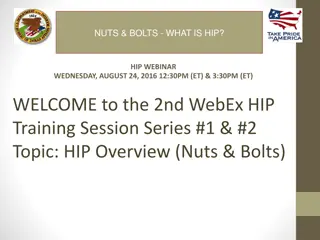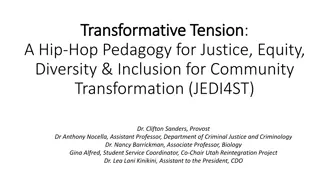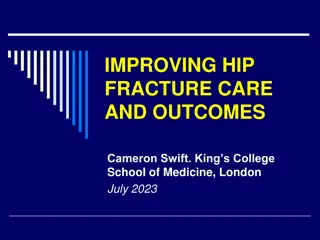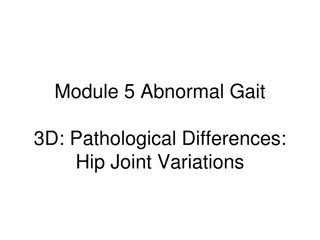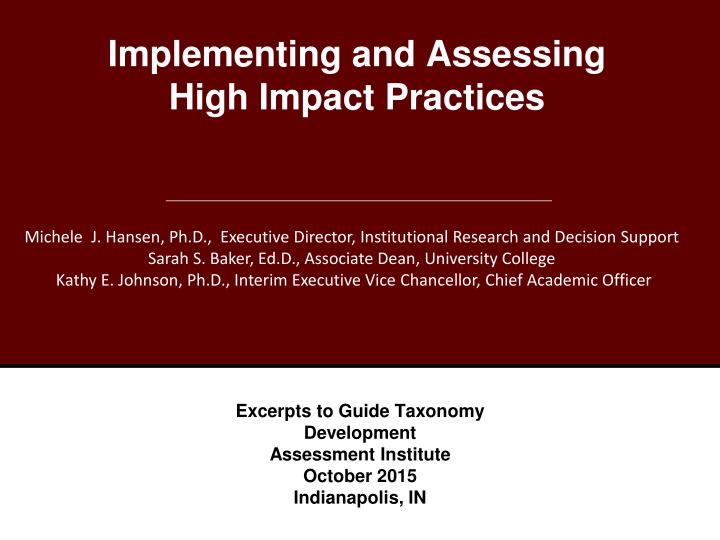
High Impact Practices in Education for Student Success
Discover the key components of High Impact Practices (HIPs) in education and their benefits for student outcomes. Learn about intentional connections, interactive learning, feedback, and real-world applicability that contribute to student engagement and academic success.
Download Presentation

Please find below an Image/Link to download the presentation.
The content on the website is provided AS IS for your information and personal use only. It may not be sold, licensed, or shared on other websites without obtaining consent from the author. If you encounter any issues during the download, it is possible that the publisher has removed the file from their server.
You are allowed to download the files provided on this website for personal or commercial use, subject to the condition that they are used lawfully. All files are the property of their respective owners.
The content on the website is provided AS IS for your information and personal use only. It may not be sold, licensed, or shared on other websites without obtaining consent from the author.
E N D
Presentation Transcript
Implementing and Assessing High Impact Practices Michele J. Hansen, Ph.D., Executive Director, Institutional Research and Decision Support Sarah S. Baker, Ed.D., Associate Dean, University College Kathy E. Johnson, Ph.D., Interim Executive Vice Chancellor, Chief Academic Officer Excerpts to Guide Taxonomy Development Assessment Institute October 2015 Indianapolis, IN
What Constitutes a High Impact Practice?
What Constitutes High Impact Practices? Intentional Connections/integrations Educationally purposeful activities (in and out of class) Highly interactive Deeper approaches to learning Application Analyzing/synthesizing Reflection and analysis
Markers of HIPs Done Well Expectations set at appropriately high levels Significant investment of time and effort Interactions with faculty and peers Experiences with diversity Frequent and constructive feedback Periodic and structured opportunities for reflection Relevance through real-world applications Public demonstration of competence (Kuh, 2008; Kuh & O Donnell, 2013)
HIP Benefits and Outcomes High Impact practices are positively associated with: Persistence and GPAs Deep approaches to learning Higher rates of student faculty interaction Increases in critical thinking and writing skills Greater appreciation for diversity Higher student engagement overall Bronwell, J & Swaner, L (2010); NSSE, (2007); Kuh (2008); Hansen, Chism, & Trujillo, (2011)
What are the Theories and Pedagogies Supporting High Impact Practices?
Characteristics of HIPs that make them effective with students Practices Increase Odds That Students Will: 1. Invest time and effort 2. Interact with faculty and peers about substantive matters 3. Experience diversity 4. Get more frequent feedback 5. Discover relevance of their learning through real world applications 6. Experience a context of coherent, academically challenging curriculum High Impact Practices: Promoting Engagement and Student & Academic Affairs Collaboration, ACPA Annual Conference, March 27, 2011 Jillian Kinzie, Associate Director NSSE Institute for Effective Educational Practice
Six Conditions That Mark High Impact Educational Practices From: Using High Impact Activities to Maximize Student Gains ,Todd Chamberlain, Indiana University Center for Postsecondary Research NSSE Webinar, June 23, 2009
1. Time on Task Activities demand that students devote considerable time and effort to purposeful tasks. Most require daily decisions that deepen students investment in the activity.
2. Faculty & Peer Interaction Nature of activities puts students in circumstances that essentially demand that they interact with faculty and peers about substantive matters over a period of time.
3. Interaction with Diversity Participation increases the likelihood that students will experience diversity through interaction with people who are different from themselves. Students are challenged to develop new ways of thinking & responding to novel circumstances.
4. Frequent Feedback May be faculty, internship supervisors, peers, others. Close proximity may provide opportunities for nearly continuous feedback.
5. Connections Between Learning Context & Real World Settings Opportunities for students to see how what they are learning works in on and off campus settings.
6. Occur in Context of Coherent, Academically Challenging Curriculum Infused with opportunities for active, collaborative learning. Students better understand themselves in relation to others and the larger world.
Within Undergraduate Research Programs Encourage faculty to provide mentoring, rather than just program oversight, and attend to the quality of the mentoring relationship (balancing challenge with support). Provide opportunities for real-life applications, whether through publication, presentations, or project implementation. Offer intentionally designed curricula that enhance students research skills and build those skills over time (scaffolding), including prior to intensive undergraduate research experiences. J.E. Brownell and L.E. Swaner (2010)
Within Service Learning Programs Create opportunities for structured reflection. Ensure that faculty connect classroom material with the service experience. Require enough service hours to make the experience significant. Focus on the quality of the service, ensuring that students have direct contact with clients. Oversee activities at the service site. J.E. Brownell and L.E. Swaner (2010)
Within First-Year Seminars Establish seminar goals before designing a program, and choose the seminar format that fits those goals. Use instructional teams whenever possible: for example, build a resource team that includes faculty, advisers, librarians, and technology professionals. Use engaging pedagogies that are active and collaborative in nature, including group work, interactive lectures, experiential learning, and problem-based learning. Help students see that the skills they need to succeed in the seminar are skills they will use throughout college and after graduation. J.E. Brownell and L.E. Swaner (2010)
Within Learning Communities Be intentional in linking courses. Support students in traditional gateway courses and "weed-out" courses that have high rates of failure. Consider tying an extended orientation or integrative seminar to the learning community. Use instructional teams, such as the one described for first-year seminars above. Invest in faculty development to ensure that courses are fully integrated, with coordinated material, assignments, out-of-class trips, and grading rubrics. Use engaging pedagogies. J.E. Brownell and L.E. Swaner (2010)

